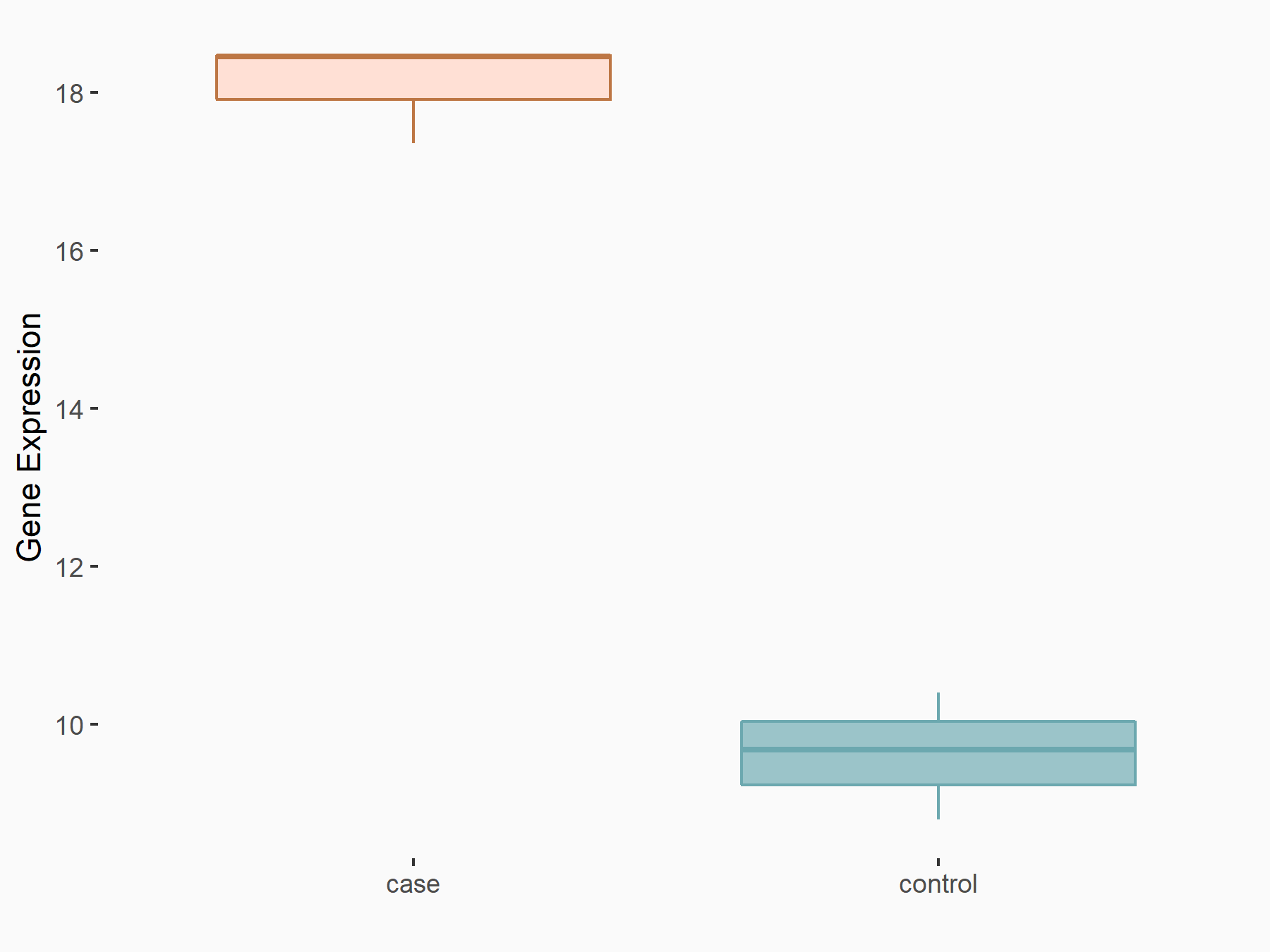m6A Target Gene Information
General Information of the m6A Target Gene (ID: M6ATAR00458)
Full List of m6A Methylation Regulator of This Target Gene and Corresponding Disease/Drug Response(s)
ITSN2
can be regulated by the following regulator(s), and cause disease/drug response(s). You can browse detail information of regulator(s) or disease/drug response(s).
Browse Regulator
Browse Disease
Methyltransferase-like 3 (METTL3) [WRITER]
| Representative RNA-seq result indicating the expression of this target gene regulated by METTL3 | ||
| Cell Line | Pancreatic islets | Mus musculus |
|
Treatment: Mettl3 knockout mice
Control: Mettl3 flox/flox mice
|
GSE155612 | |
| Regulation |
  |
logFC: 8.48E-01 p-value: 1.42E-04 |
| More Results | Click to View More RNA-seq Results | |
| In total 1 item(s) under this regulator | ||||
| Experiment 1 Reporting the m6A Methylation Regulator of This Target Gene | [1] | |||
| Response Summary | METTL3 targets Intersectin-2 (ITSN2) for m6A modification and then enhances its stability to influence the oocytes meiosis. mRNA m6A modification in follicle development and coordination of RNA stabilization during oocyte growth. | |||
| Target Regulation | Up regulation | |||
| Responsed Disease | Ovarian dysfunction | ICD-11: 5A80 | ||
| In-vivo Model | All mice described above were maintained on the C57BL/6 J background. Mice lacking Mettl3 in oocytes (referred to as Mettl3Gdf9 cKO) were generated by crossing Mettl3flox/flox mice with Gdf9-Cre mice. The Mettl3flox/flox female mice were used as the control group (referred to as WT). For the fertility test, six pairs of 6 weeks Mettl3flox/flox and Mettl3Gdf9 cKO female mice were randomly selected and continually mated to Mettl3flox/flox male mice which have been confirmed fertility for 5 months. The number of pups and litter size from each female was recorded. | |||
Ovarian dysfunction [ICD-11: 5A80]
| In total 1 item(s) under this disease | ||||
| Experiment 1 Reporting the m6A-centered Disease Response | [1] | |||
| Response Summary | METTL3 targets Intersectin-2 (ITSN2) for m6A modification and then enhances its stability to influence the oocytes meiosis. mRNA m6A modification in follicle development and coordination of RNA stabilization during oocyte growth. | |||
| Responsed Disease | Ovarian dysfunction [ICD-11: 5A80] | |||
| Target Regulator | Methyltransferase-like 3 (METTL3) | WRITER | ||
| Target Regulation | Up regulation | |||
| In-vivo Model | All mice described above were maintained on the C57BL/6 J background. Mice lacking Mettl3 in oocytes (referred to as Mettl3Gdf9 cKO) were generated by crossing Mettl3flox/flox mice with Gdf9-Cre mice. The Mettl3flox/flox female mice were used as the control group (referred to as WT). For the fertility test, six pairs of 6 weeks Mettl3flox/flox and Mettl3Gdf9 cKO female mice were randomly selected and continually mated to Mettl3flox/flox male mice which have been confirmed fertility for 5 months. The number of pups and litter size from each female was recorded. | |||
Female infertility [ICD-11: GA31]
| In total 1 item(s) under this disease | ||||
| Experiment 1 Reporting the m6A-centered Disease Response | [1] | |||
| Response Summary | METTL3 targets Intersectin-2 (ITSN2) for m6A modification and then enhances its stability to influence the oocytes meiosis. mRNA m6A modification in follicle development and coordination of RNA stabilization during oocyte growth. | |||
| Responsed Disease | Female infertility [ICD-11: GA31] | |||
| Target Regulator | Methyltransferase-like 3 (METTL3) | WRITER | ||
| Target Regulation | Up regulation | |||
| In-vivo Model | All mice described above were maintained on the C57BL/6 J background. Mice lacking Mettl3 in oocytes (referred to as Mettl3Gdf9 cKO) were generated by crossing Mettl3flox/flox mice with Gdf9-Cre mice. The Mettl3flox/flox female mice were used as the control group (referred to as WT). For the fertility test, six pairs of 6 weeks Mettl3flox/flox and Mettl3Gdf9 cKO female mice were randomly selected and continually mated to Mettl3flox/flox male mice which have been confirmed fertility for 5 months. The number of pups and litter size from each female was recorded. | |||